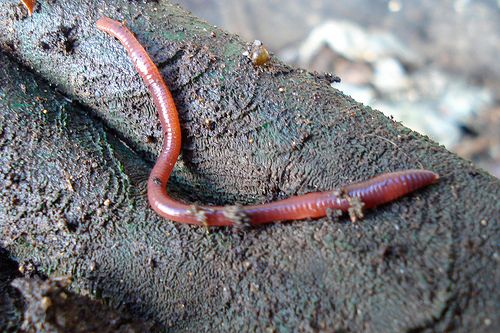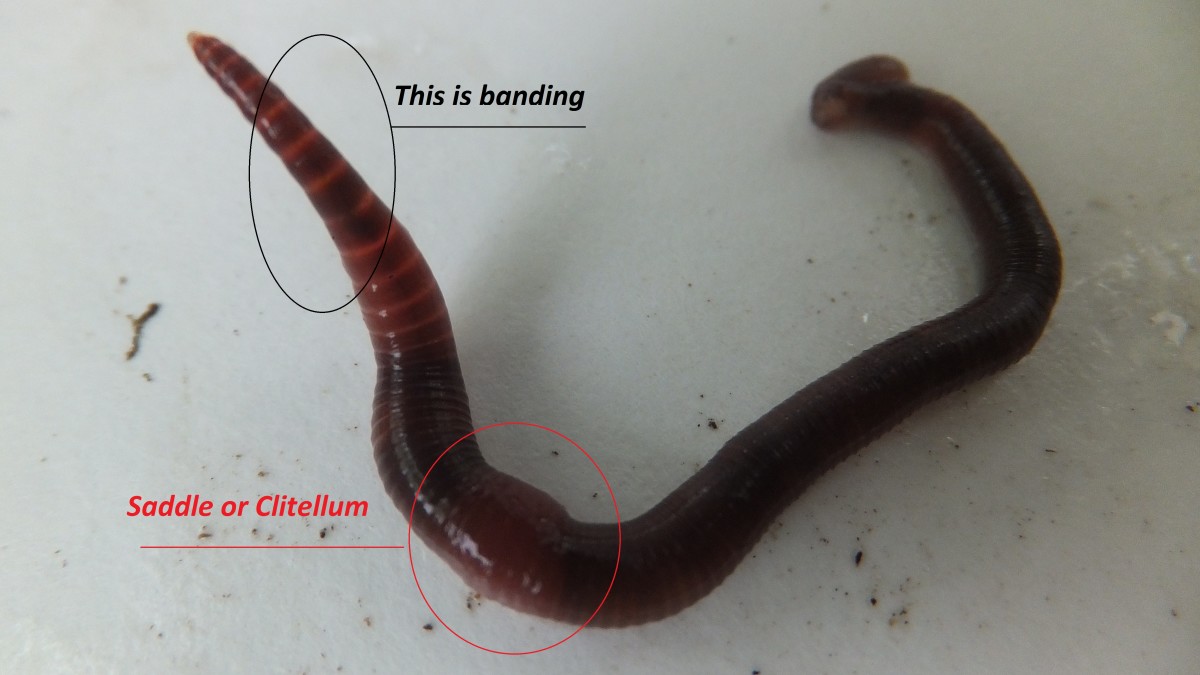Why Choose Red Wiggler Express for Fresh and Affordable Fishing Bait?
Wiki Article
Unlock the Tricks of Red Wigglers: Your Overview to Composting Success
The integration of red wigglers right into composting techniques presents a substantial chance for enhancing soil wellness and advertising sustainability. These organisms are not simply reliable recyclers of organic waste; they provide a myriad of advantages that can change garden administration. Recognizing their requirements and behaviors is important for maximizing their possibility, from establishing a suitable worm container to feeding them the appropriate products. As we discover the necessary elements of successful vermicomposting, one may ask yourself just how these tiny creatures can bring about a more vivid and productive garden community.
What Are Red Wigglers?
(Lake Rhodhiss Bait)Red wigglers, medically called Eisenia fetida, are a varieties of earthworm mostly used in composting due to their amazing capacity to decay raw material successfully. These worms are characterized by their reddish-brown coloration and a fractional body, generally determining between 3 to 4 inches in length. Unlike other earthworm species, red wigglers grow in abundant, organic settings, making them optimal for vermicomposting systems.Belonging To The United States And copyright, they are typically discovered in decomposing fallen leaves and compost stacks, where they play a crucial duty in nutrient recycling. Their adjustment to living in a damp, cardiovascular setting enables them to consume large quantities of organic waste, breaking it down into nutrient-rich castings that boost dirt wellness.
Red wigglers duplicate swiftly, with a solitary worm efficient in generating numerous cocoons weekly, each containing numerous hatchlings. This fast recreation price contributes to their effectiveness in composting operations. They prefer temperature levels between 60 ° F and 80 ° F, and their activity level increases considerably within this range, additional assisting in the decay process. Comprehending the biology and actions of red wigglers is crucial for maximizing their capacity in composting applications.
Benefits of Utilizing Red Wigglers
Harnessing the power of red wigglers in composting uses countless advantages that enhance soil health and promote lasting waste management. These amazing microorganisms successfully damage down natural issue, changing cooking area scraps and yard waste into nutrient-rich vermicompost. This finished item is exceptionally helpful for plant development, as it boosts dirt framework, enhances dampness retention, and enhances nutrition schedule.
(Red Wiggler Express)Additionally, the visibility of red wigglers in your composting system can accelerate the composting procedure, producing high-grade compost in a portion of the time contrasted to traditional techniques. The spreadings produced by these worms are likewise bristling with advantageous microorganisms that even more enhance the dirt ecological community.
Setting Up Your Worm Bin
Developing a reliable worm bin is an uncomplicated process that can substantially boost your composting efforts. Worm containers can be made from plastic storage containers, wood boxes, or commercially offered worm containers.Next, prepare the bed linen product, which works as the worms' habitat. A mix of shredded paper, cardboard, and coconut coir works well, giving a comfortable atmosphere for the worms. Aim for a bed linen depth of regarding 4-6 inches. Dampen the bed linens lightly, guaranteeing it resembles a moist sponge without excess water merging near the bottom.

Feeding Your Red Wigglers
To make sure the wellness and performance of your red wigglers, it is vital to Red Wiggler Express offer them with a well balanced diet plan that fulfills their nutritional needs. Red wigglers grow on a varied range of organic products, which not only supply necessary nutrients yet additionally promote efficient composting.Start by incorporating cooking area scraps such as veggie peels, fruit cores, and coffee premises. Stay clear of citrus fruits, onions, and garlic, as these can be destructive to worm health and wellness. Furthermore, introduce shredded paper, cardboard, and completely dry fallen leaves to produce a well-aerated environment.
Feeding regularity must be kept track of; usually, worms can eat half their body weight in food weekly. It is essential to stay clear of overfeeding, as excess food can lead to unpleasant smells and bring in parasites. An excellent method is to include food in percentages, allowing worms to process it prior to introducing much more.
Maintaining moisture degrees is likewise crucial; the bedding ought to be moist yet not soggy. Lastly, make certain to regularly check the temperature level and pH levels of the bin to ensure an optimum environment for your red wigglers, ultimately enhancing their composting performance.
Harvesting and Utilizing Compost
A successful composting procedure with red wigglers culminates in the abundant, dark compost understood as vermicompost, which can considerably boost dirt wellness and plant development. Collecting this nutrient-dense product typically happens every three to 6 months, depending upon the dimension of your system and the amount of raw material being refined.
To harvest, carefully different the compost from the worms and any undecomposed products. One reliable approach entails relocating the contents of the bin away and adding fresh bedding and food to the vacant room, urging the worms to migrate. After a few days, the compost can be gathered from the contrary side.
It is essential to utilize vermicompost properly to maximize its advantages. By integrating vermicompost into your gardening regimen, you not just reuse natural waste yet additionally produce a successful ecological community that supports lasting gardening methods.
Conclusion
In summary, red wigglers offer as exceptional allies in composting initiatives, transforming natural waste right into nutrient-rich vermicompost (Red Wiggler Express). Their special biological features and effective waste processing capabilities contribute substantially to sustainable horticulture methods. By recognizing the optimum problems for their habitat, feeding demands, and compost harvesting strategies, gardeners can enhance soil wellness and promote plant vitality. Welcoming vermicomposting not just lowers land fill waste but likewise fosters an extra ecologically responsible method to horticulture and source management.Report this wiki page